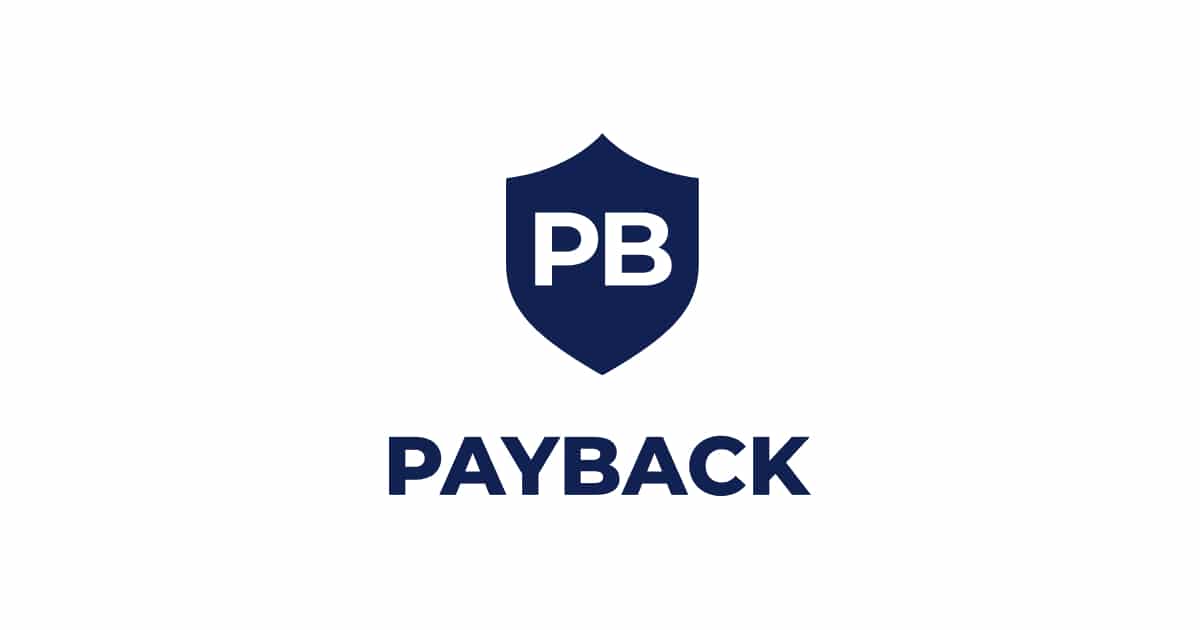If you haven’t been living under a rock, you may already know that the eCommerce industry is booming. It is taking over the online world, and we’re totally here for it.
E-commerce site creation, launch, and maintenance aren’t always easy. But it’s easier than ever for entrepreneurs, designers, and creators of all stripes to bring their products to market online. Over the past five years, there has been explosive growth in numerous industries, and online shopping is only one example.
It could make sense to launch an online store, depending on your objectives. Regardless if you sell a wide range of products or just a single product like Gildan G420 wholesale.
Indeed, without the overhead costs and limited foot traffic of a physical storefront, many would-be business owners can benefit greatly by starting an online store. So, how does one initiate an internet enterprise?
To help you get your online store up and operating as soon as possible, we’ll outline the seven essential steps to starting an e-commerce firm.
Starting an Online Store: Here’s What You Must Know
Though beginning an online store is different from opening a traditional storefront. The two processes share many similarities. As we’ll see below, many of the legal and strategic considerations you’ll need to make are standard across industries. Starting an online storefront is similar to launching any other business. But you’ll soon discover its unique challenges.
Step #1: Learn About The Online Market And Identify A Specific Segment To Target.
One must first go into the research to master the ropes of starting an online store. You’ll need to research the e-commerce sector you’re interested in and make some judgments about your individual business. Just as you would if you were opening a restaurant and considering different locations, cuisine selections, and themes.
During this process, you should also consider the big picture: How do you plan on getting your wares into the hands of consumers? Do you need to comply with any specific laws or rules when offering this product or service?
Through this procedure, you will gain clarity on your individual objectives and the steps necessary to achieve them. Finding your market niche is crucial in any industry, but especially so in online retail.
If you’re interested in learning how to establish an e-commerce firm, the booming e-commerce market is wonderful news. You should investigate the competitive landscape and identify a market segment where you believe you can successfully launch your product or service.
Step #2: Make A Decision On A Company Name And A Legal Structure.
Choosing a name is the next step after finalizing the strategy for your online store. Choose a memorable and descriptive name of your company’s purpose. To avoid using a company name that has already been trademarked, you should check with the U.S. Patent and Trademark Office and your state’s secretary of state’s website.
Don’t waste too much time on a website just yet. But it’s smart to see if the domain name you’re considering for your business already exists or not. If “yourbusinessname.com” is already in use, you might want to try something like “yourbusinessname.co” instead.
Step #3: Request an Employer Identification Number
You should next go ahead and register for an EIN for your online store. You can utilize an EIN to keep your business and personal funds completely separate, even though not all businesses are required to obtain one.
In addition, the IRS EIN application process is easy and costs nothing, whether you do it over the phone, via fax, or in the mail. Since you’re researching online store setup, you’ll probably want to apply for a business tax I.D. online, where you’ll receive your number promptly.
Step #4: Secure The Appropriate Licenses And Permits For Your Company
Your next step after applying for an EIN is to secure any local, state, and federal licenses and permissions required to conduct business in your area. Suppose your online store is run as a sole proprietorship or general partnership.
In that case, as we’ve already established, you don’t have to register your business with the state unless you want to use a different name in commerce (in which case, you’ll need to file a DBA).
However, you must register your firm with your state and obtain a general operating license if you choose to form any other business entity. A municipal operating license may also be required, depending on the location of your firm.
Professional and trade licenses may also be required depending on the nature of your firm.
- Authorizations to collect sales tax.
- Health, safety, and environmental licenses.
- Approved for use as a sign.
- Permits to construct buildings.
Step #5: Pick An Online Store Builder And Get To Work On That Website
At this point, you’ve finished the documentation required to register and legally launch your e-commerce business. Consequently, most of our actions up to this point have been analogous to those required to launch a traditional storefront enterprise. Instead of looking for a storefront and getting everything ready to open, you’ll focus on getting an online store up and running.
This website, like a shop, will be the first thing clients see and will be used to learn about your company and make purchases. With this in mind, one of the most crucial steps in launching an e-commerce firm is developing a website. As you design an online shop, there are a few things you should keep in mind:
As we’ve already established, deciding on a domain name is the first order of business. Your domain name should (at the very least) be identical to your company’s name. Selecting an e-commerce platform is a crucial step in this direction. Your e-commerce platform will serve as the foundation upon which you construct and advance your online business, whether it is an all-in-one program like Shopify or an open-source system like Magento.
In addition to letting you set up shop online, most e-commerce platforms also let you personalize your store’s look and feel. Moreover, add your own domain (or buy a new one), handle stock and orders, ship products, accept payments, and more.
Step #6: Acquire Or Create (And Catalog) Products
After you’ve picked your e-commerce platform and created your website, you’ve almost reached the end of the process. At this point, you’ll need to actually source the things you intend to sell. Conducting step one research should have prompted you to consider your strategy moving forward.
When starting a business, you have a few options for getting your wares to market. You may either manufacture them yourself, buy them from wholesalers, or, in the case a consultant or other service provider. Simply explain and list the services they offer on their website.
Naturally, this process will be more involved if you plan to sell physical goods. You’ll have to figure out how much stock you want to launch with and how much money you’ll need to get going.
Consider the user experience, search engine optimization, and the flow of operations from when a consumer makes a purchase to when they receive their order. Before you even start listing products on your online site.
Step #7: Advertise Your Online Storefront
Successfully launching an online storefront is now within your reach. Your website is live, your items or services are available, and you’re ready to take orders. Naturally, you’ll need to conduct some serious advertising for your online store if you want to do this. Our recommendation is to start advertising with a specific product.
Suppose your best-selling product is Gildan G420 at wholesale price. Then why not start promoting your business with it? This way, you’ll be able to add a lot of attention-grabbing content to your advertisement.
There are many different types of advertising that you may use. Such as Google ads, social media ads, word-of-mouth, etc. You should at least use search engine optimization (SEO) features on your business website. And the online marketing tools provided by your e-commerce platform.
Once your online store is live and taking orders. You should monitor your marketing efforts to see which are profitable and which are not. Fine-tune your marketing approach over time to yield the optimum results for your company.










